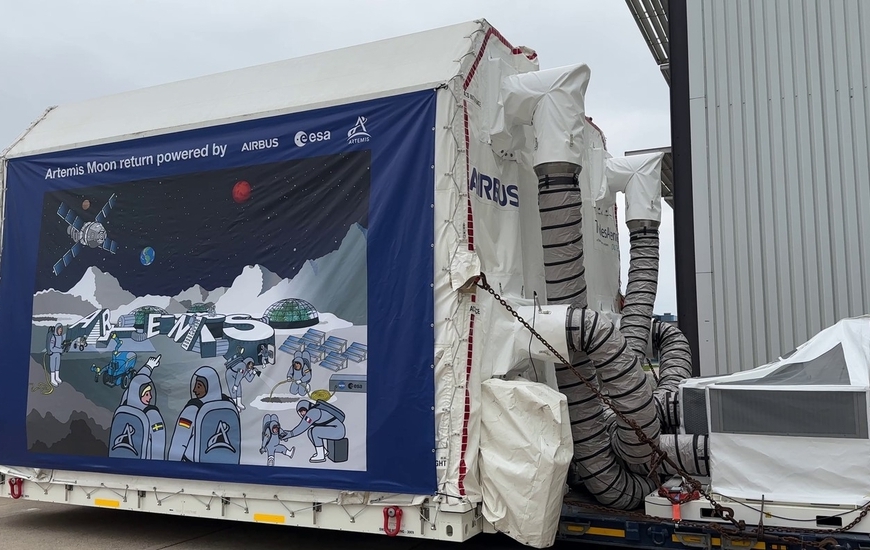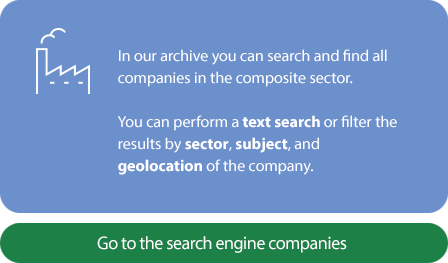Orion’s third European Service Module (ESM-3) is leaving Airbus’ facilities in Bremen, Germany, and heading to NASA’s Kennedy Space Center in Florida, USA, where it will be assembled and tested with the Crew Module. This third mission of NASA’s Artemis programme will mark the first human return to the lunar surface since Apollo 17 in 1972.
ESM-3, built by Airbus under contract to the European Space Agency (ESA), will play a critical role in supporting four astronauts during their three-week mission aboard the Orion spacecraft: from the moment they leave Earth, their journey into lunar orbit, docking with the lunar landing system Starship HLS, and their safe return to Earth.
Ralf Zimmermann, Head of Space Exploration at Airbus, said: “Today’s delivery of the third ESM marks the beginning of yearly ESM deliveries, underlining the importance and reliability of Europe in this transatlantic partnership.” Airbus Defence and Space is under contract up to ESM-6 and long lead items procurement up to ESM-9.
Space is an incredibly harsh environment with temperatures dipping as low as -200°C. To keep the astronauts safe and comfortable Airbus has developed comprehensive thermal energy control systems to keep the crew module between 18 and 24°C by radiating excess heat out of the ship but also keeping the cold at bay.
In addition, the ESM provides essential elements to the astronauts during their trip to and from the Moon, "NASA asked us to create a standard atmosphere similar to Earth, which means we have to add nitrogen to the cabin. The ESM carries 90 kilogrammes of oxygen and 30 kilogrammes of nitrogen. We also use the nitrogen to pump drinking water from the 240 litre tank for the astronauts,” said Zimmermann.
Unlike the Apollo missions, which used fuel cells to generate electricity, Orion uses only solar arrays. The four wings generate 11.2 kW of power per hour, enough to power two four-person households on Earth. Only about 10% of the power is needed for the ESM, with the remaining 90% going to the batteries and equipment in the crew module. The Artemis I mission highlighted that the solar panels were able to produce a bit more power than expected, it will be useful to have this additional energy available as the Artemis programme evolves.
-

-
22 August 2024
























